The Houthi organization, officially known as Ansar Allah (Supporters of God), is a Shia Islamist movement located in Yemen that emerged in the late 1990s. It is mostly made up of Zaidi Shias and takes the name of the Houthi tribe. In the early 2000s, the Houthis took inspiration from the Hezbollah group and revolutionary Iran to come up with their own slogan: “God Is Great, Death to America, Death to Israel, Curse on the Jews, Victory to Islam.”
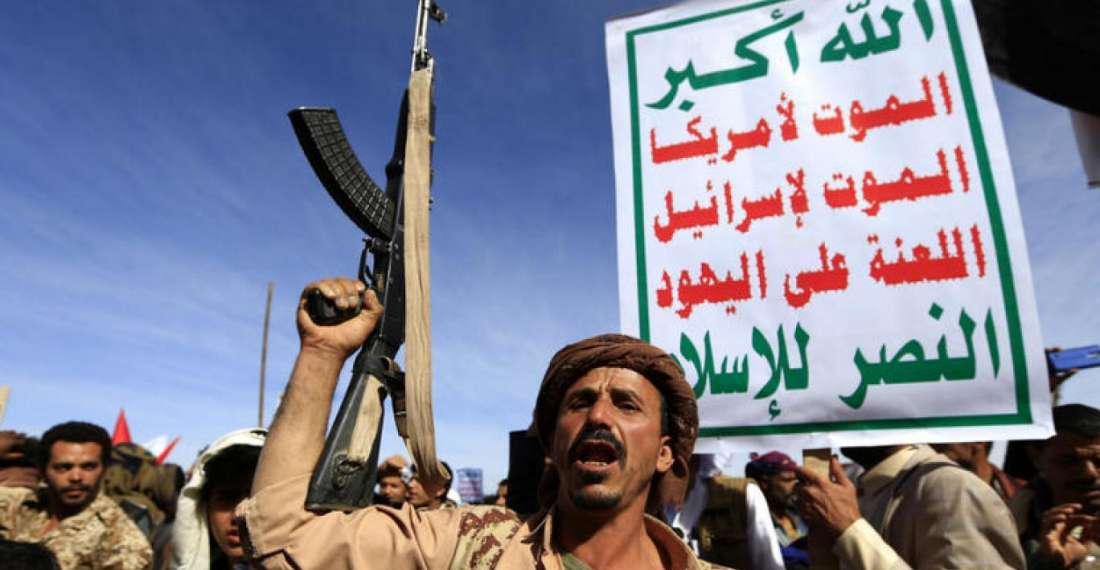
The Houthis originally had a more moderate theological ideology, beginning in 1992 when “The Believing Youth”, their first organization, was founded by either Mohammed al-Houthi or Hussein al-Houthi, his brother. The Believing Youth created many school clubs and summer camps across the Saada Governorate in northwestern Yemen. They claimed they were trying to instigate a “Zaidi revival” in Sadaa. People were taught material based on lectures from a Lebanese Shia scholar (Mohammed Hussein Fadhlallah) and a Secretary General of Hezbollah (Hassan Nasrallah). By 1995, almost 20,000 students were enrolled in the Believing Youth’s summer camps.
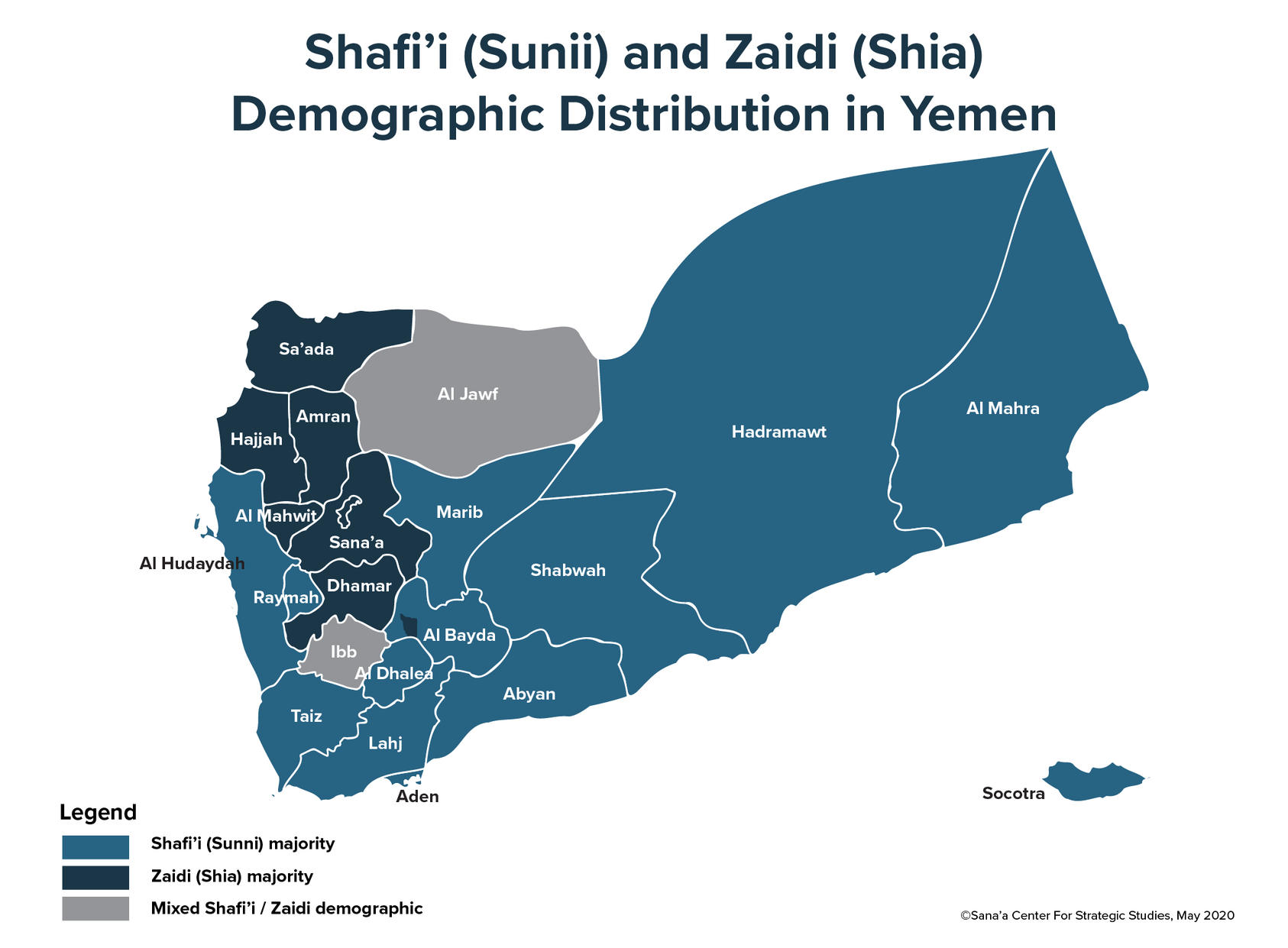
The Houthis are believed to have been formed due to many Zaidis disliking Saudi ideologies in Yemen, the Yemeni government being allied to the US, the marginalization of many members of the Houthi tribe, and corruption in the government.
Hussein al-Houthi contributed to the radicalization of many Zaids after the 2003 invasion of Iraq. Kids who went to the Believing Youth a decade earlier started chanting anti-American and anti-semitic chants after prayer every Friday in Sana’a, alarming authorities. In 2004, 800 BY supporters were arrested in Sana’a. The Yemeni President, Ali Abdullah Saleh, invited Hussein al-Houthi to a meeting in Sana’a, but Hussein rejected the idea. Yemeni forces were then promptly sent to arrest Hussein, which he responded to by launching an insurgency, though he was killed later in September. Saudis also joined in this campaign against the Houthis, though the Houthis defeated both Yemeni and Saudi armies, despite Saudi Arabia spending tens of billions of dollars on their military. This insurgency lasted until 2010, when a ceasefire was reached.

The Houthis later participated in the 2011 Yemeni revolution, which happened during the First Arab Spring along with other revolutions and crises in countries like Tunisia, Libya, Syria, Egypt, Algeria, and other North African/Middle Eastern countries. In November 2011, the Gulf Cooperation Council made a deal to divide Yemen. They rejected this because they thought that it would divide Yemen into wealthy and poor regions.
As the Yemeni revolution continued, the Houthis gained more and more territory. By May 2012, the Houthis controlled most of the Saada, Al Jawf, and Hajjah governorates while also gaining access to the Red Sea. By September 2014, they had managed to get hold of government buildings in Sana’a as well as a radio station. However, their massive expansion was challenged by Al-Qaeda. The Gulf States believed that most of the Houthis’ aid was coming from Iran, while Saudi Arabia was sponsoring their Yemeni rivals. On January 20, 2015, Houthi rebels seized control of the presidential palace in the capital. The rebels then officially took control of the Yemeni government, dissolving parliament and declaring their Revolutionary committee to be Yemen’s acting authority in February.
In March, the al-Badr and al-Hashoosh mosques came under attack, killing 142 Houthis and injuring another 351. ISIS (ISIL) quickly took responsibility for the actions. It is known as the biggest terrorist attack in Yemen’s history.

A week later, Saudi Arabia, Bahrain, Qatar, Kuwait, UAE, Egypt, Jordan, Morocco, and Sudan led an airstrike in Yemen following perceived threats from the Houthis in Sunni regions. The Gulf coalition had the help of the United States, which helped in planning the airstrikes, along with giving logistical and technical support.
The Esquire magazine, which has a lean left bias, made a report in September 2015 about how the Houthis were now one of the most stable political organizations in Yemen. According to them, many formerly powerful parties had fallen out of favor with the public. The power vacuum led many people to follow the Houthi movement.
A Houthi spokesman stated that the Houthi group had detected messages between the UAE, Russia, Jordan, many other countries, and former president Saleh, who claimed to be allied with the Houthis since 2014. In late 2017, the relationship between the Houthis and Saleh was split. Saleh formally announced it in a televised statement on December 2, 2017. His house in Sana’a was raided by Houthis and Saleh was subsequently killed on December 4.
When the Houthi group was designated as a terrorist organization by the US in early 2021, many feared an aid shortage in Yemen. However, the panic was cleared up after Joe Biden became president in late January of that year. A year later on January 17, 2022, the Houthis led attacks on UAE industrial areas, setting fuel trucks on fire and killing three. This was the first attack by the Houthis that was publicly admitted and included casualties. Saudi Arabia responded by leading an airstrike on a detention center in Saada, resulting in 70 deaths.
After the start of the Israel-Hamas war in late 2023, Houthis began attacking ships in the Red Sea and firing missiles at Israel. On October 31, 2023, Houthi launched ballistic missiles at Israel, which were intercepted and shot down by Israel’s Arrow defense system. This is known as the first combat to occur in space. To end the assaults on cargo ships in the Red Sea, the Houthis demanded a ceasefire in the Gaza Strip and an end to Israel’s blockade of Gaza. The US and the UK led multiple airstrikes on Houthi after this in early January of 2024.
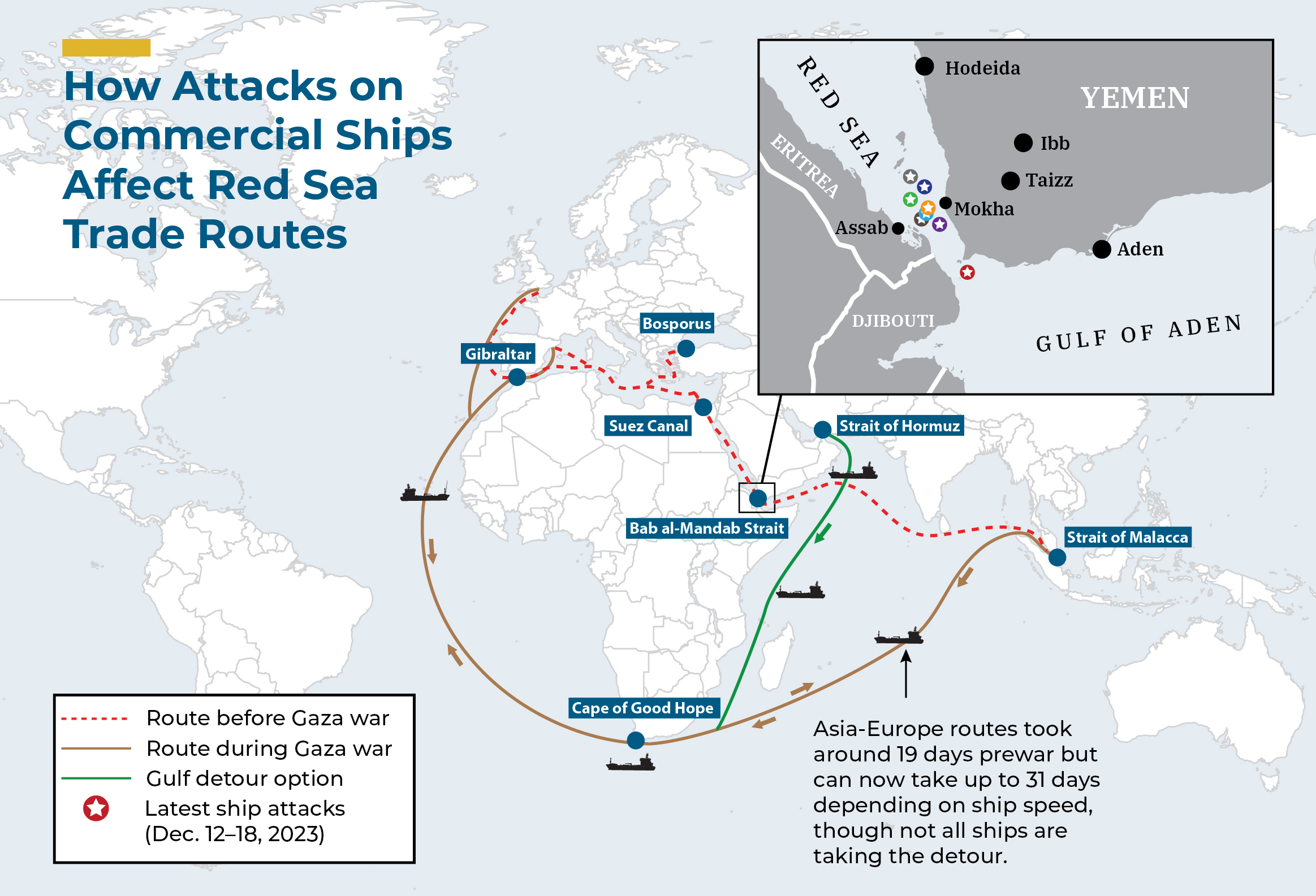
Members of the Houthi movement went from being only between 1,000-3,000 in 2005 to around 2,000-10,000 Houthis in 2009. The Yemen Post claimed that the Houthis had gained a total of 100,000-120,000 followers in 2010. This demographic didn’t change much over the past years, with them still having around 100,000 followers in 2017. It is unknown how many members Houthi has as of 2024.
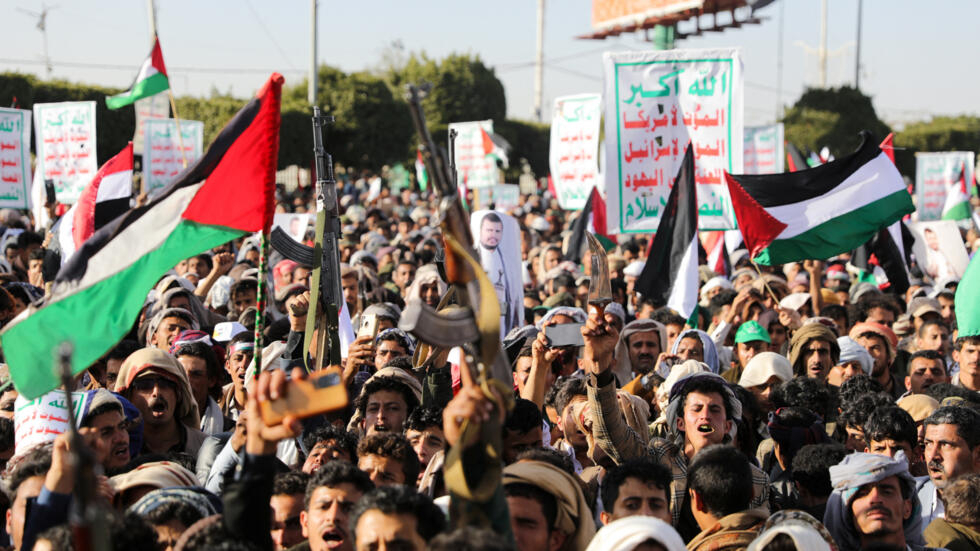


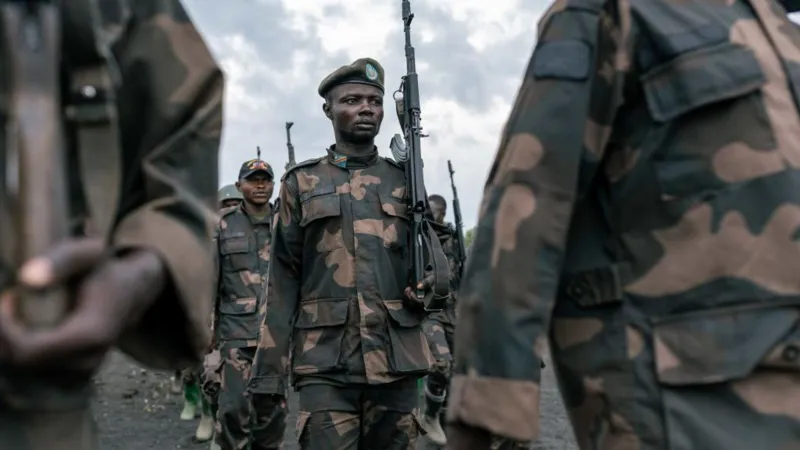
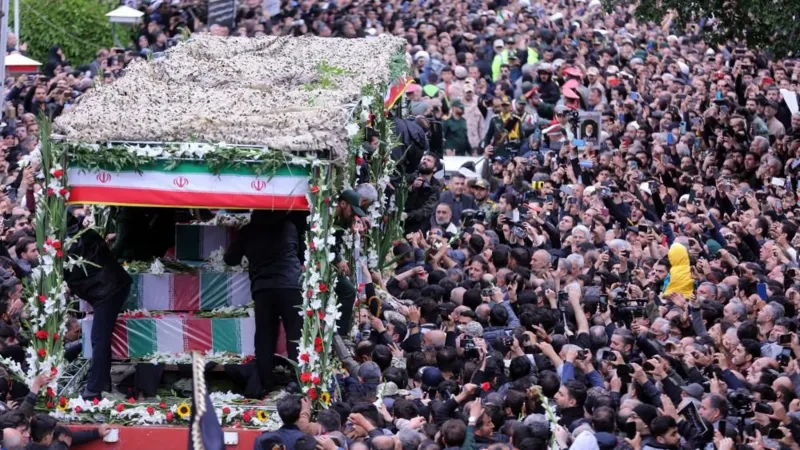

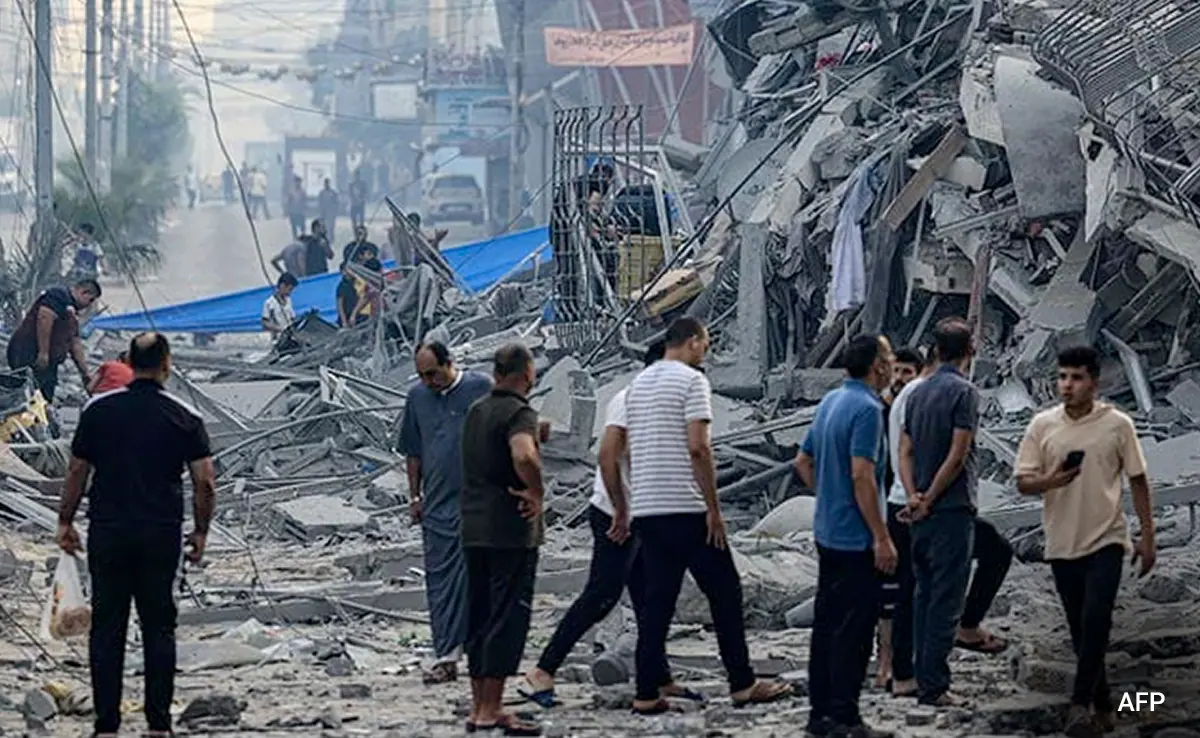
Ibrahim • Jan 16, 2024 at 10:55 pm
Great article ! Provides insights and historical background summarizing to the current state. Well done !